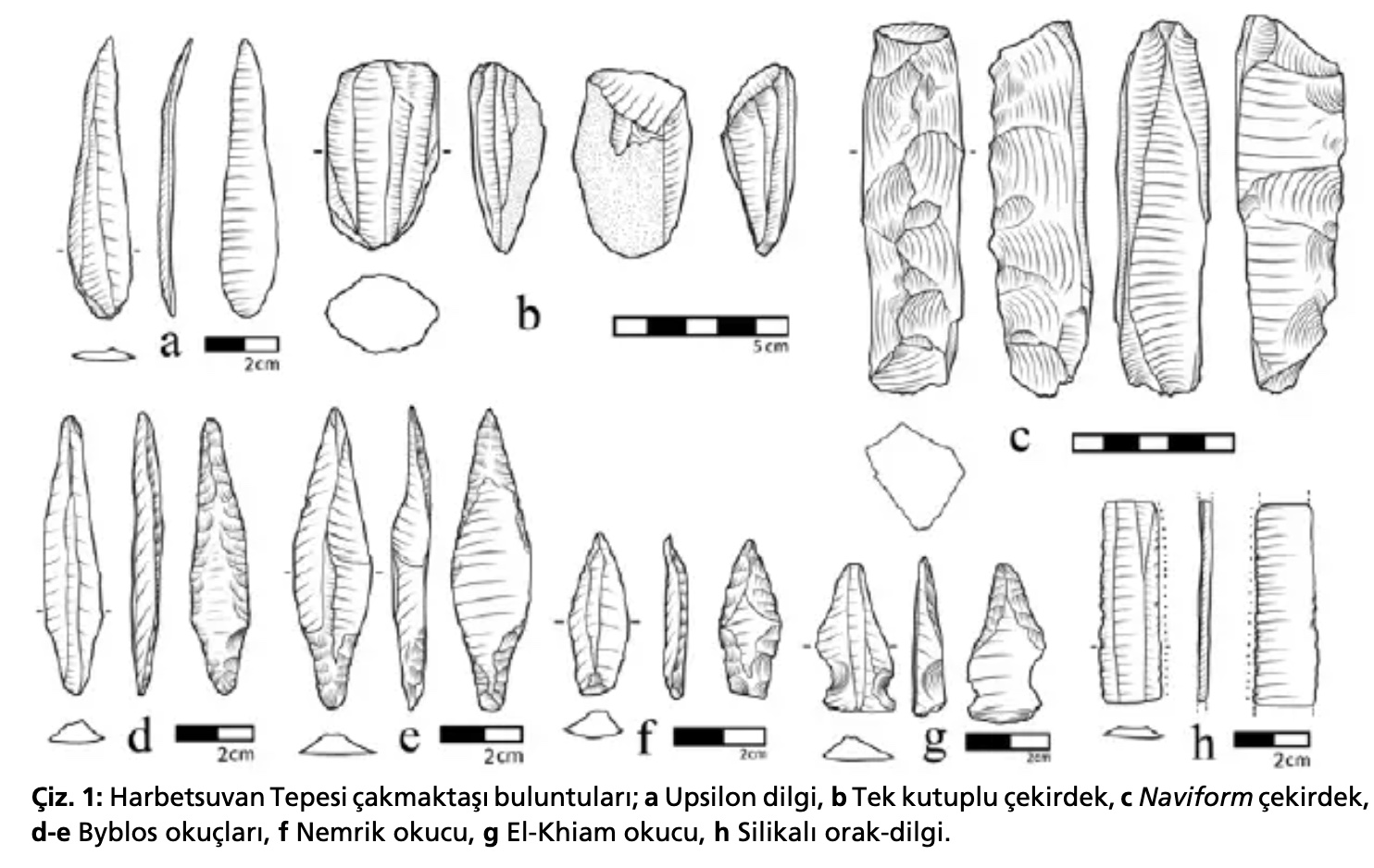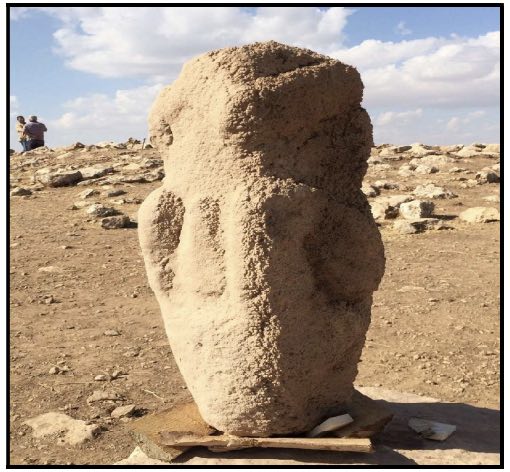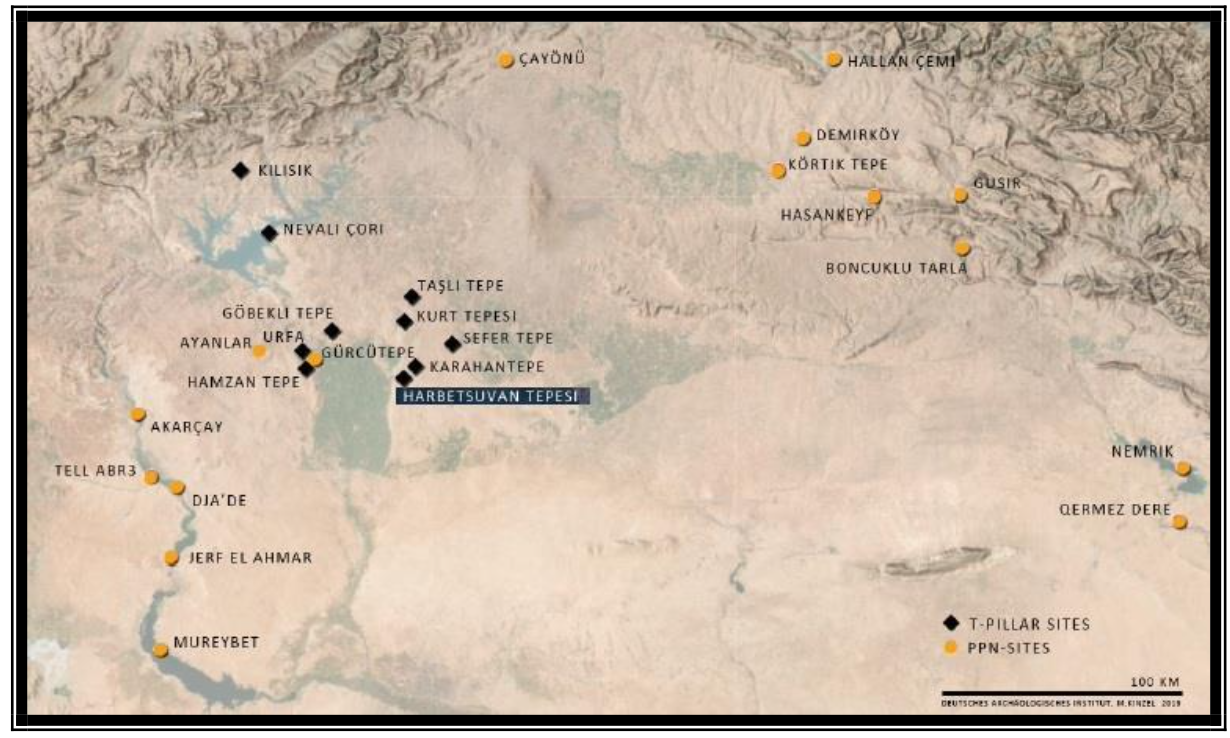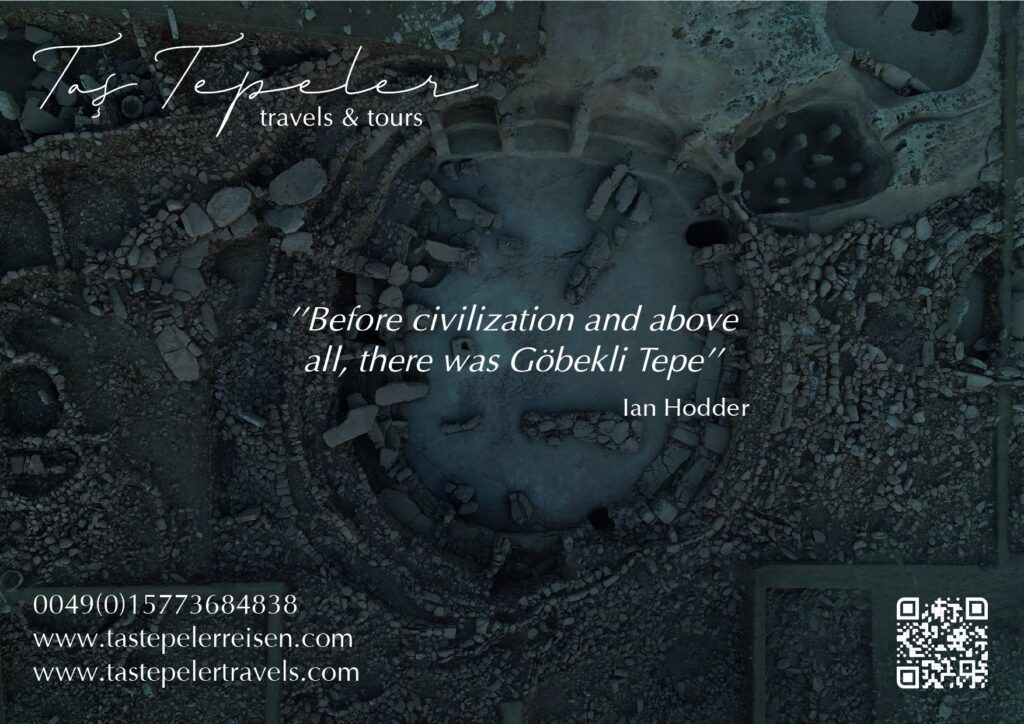PRE-POTTERY NEOLITHIC HARBETSUVAN TEPE CHIPPED STONE TOOL INDUSTRY
Recent studies in Southeastern Anatolia shed light on the Pre-Pottery Neolithic Period. Especially with the surveys and excavations carried out in Şanlıurfa, it has been revealed that the centers belonging to the Pre-Pottery Neolithic Period are concentrated in this region. Göbekli Tepe, Karahan Tepe, Yeni Mahalle, Nevali Çori, Ayanlar Höyük, Harbetsuvan Tepesi, Sefer Tepe, Kurt Tepesi, Sayburç, Hamzan Tepe and Taşlı Tepe are some of them. The Harbetsuvan Tepesi settlement, discovered in 2014, islocated within the provincial borders of Şanlıurfa, 53 km east of Şanlıurfa, among the calcareous plateaus known as Tek Tek Dağları. On the Harbetsuvan Tepesi, which is dated to the Pre-Pottery Neolithic Period; T-shaped obelisks and architectural remains were unearthed. In addition, a large number of flint
Read More





